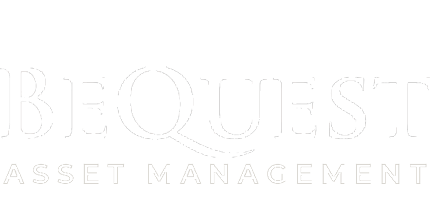According to the Investment Company Institute, there is an estimated $9.4 trillion in IRAs in the United States. This is equivalent to one third of all retirement accounts. In 2022, IRAs on average were down 25% and in 2023 are flat to slightly down as well.
As a result, investors are looking for alternative means to gain greater control over their retirement account performance. One of the ways in which high-wealth investors gain control and maximize their retirement account is through what is called self-directed IRAs.
What is a self-directed IRA?

A self-directed IRA is still an IRA. Yet, it has a different philosophy behind it. You can still have a self-directed traditional IRA, a self-directed Roth IRA. At the end of the day, self-direction means the account owner, the investor in this case, is going out into the private market and finding opportunities they want to allocate their funds towards.
Some self-directed IRA owners invest in alternative assets such as: real estate, notes and mortgages, private stock, LLCs, precious metals, and hedge funds. There are really only two asset types not allowed for self-direction: life insurance and collectibles.
What are the advantages of a self-directed IRA?
There are several advantages of having a self-directed IRA within your portfolio as an investor. A few include:
- Control: having ownership over your investment strategy and being able to choose the type of investment based on familiarity and knowledge about a specific sector and/or business.
- Diversification: having access to a wider range of investments such as real estate or private funds allows for broader diversification against the ups and downs of the economy.
- Tax benefits: capital gain taxes can be deferred; they can be reinvested to generate higher returns within shorter time frames based on the investment.
What are the risks of a self-directed IRA?
With any investment vehicle, there are opportunities to grow your overall net wealth, but there are also some risks to consider. Some risks associated with self-directed IRAs may include:
- Return risk: while having full control of your investments is an advantage, it can also be a risk given that the selection of your investment is really up to you. Ensure to conduct your research thoroughly and invest in assets you are comfortable with.
- Liquidity risk: alternative assets such as real estate, private businesses, and notes create reliable returns for the investor, however they may be less liquid than other investment options.
- Fraud risk: across the financial industry, there is always the concern for fraud. Within self-directed IRAs, investors will typically work with an IRA custodian who will hold your investments. They are not advisors and should always comply with IRS rules and guidelines. Unfortunately, not all IRA custodians are equal, be sure to conduct due diligence with anyone that may be holding your assets within your portfolio.
How to get started with a self-directed IRA?

After reviewing the advantages and risks with self-directed IRAs, if you’re interested in starting one, here are a few steps to get started:
Step 1. Select your investments based on the goals you are trying to achieve. Are you looking for diversification, or perhaps passive income, or overall net wealth growth? Select those investments based upon your desired strategy. This is something you can review and discuss within your trusted investor community, team of advisors, etc.
Step 2. Conduct a full due diligence effort on investment opportunities that you have knowledge and confidence in. Review the people behind the investment you’re considering, dissect the investment opportunity from all angles, not just the stated return, and be sure you cross reference any historical performance of the opportunity you are considering.
Step 3. Select a custodian who resonates with your investment goals. A custodian is the entity holding title to your assets on behalf of your IRA. One useful resource to obtain more information on various custodians can be discovered at: RITA (Retirement Industry Trust Association).
Step 4. After selecting your custodian of choice, set up a meeting. Initial meetings typically cover several topics such as: your current retirement assets (e.g. IRAs, 401Ks, positions and liquidity), an overview of the investments you are considering, and any due diligence questions you may have for the custodian (e.g. their track record, role within the self-directed investments).
In summary, self-directed IRAs are a great way to maximize your retirement account. They provide greater control over your investment decisions, greater diversity and known tax advantages retirement accounts have. Wishing you the best of luck in 2023, may you continue to thrive during these uncertain times.



